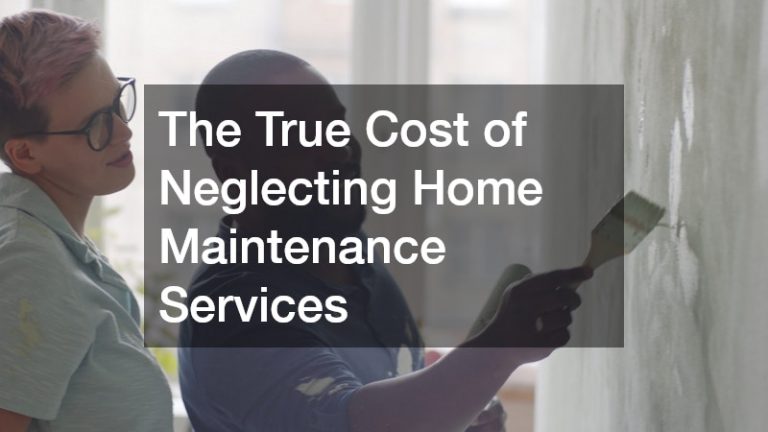

Home equity is one of the most valuable financial assets homeowners can possess. It represents the portion of the property that the homeowner truly owns, calculated as the difference between the current market value of the home and the outstanding balance of any mortgages or loans secured by the property. Understanding home equity is essential for homeowners, as it plays a significant role in financial planning, investment opportunities, and long-term wealth-building. Here’s a closer look at what home equity means and how homeowners can benefit from it.
1. Building Wealth Over Time
One of the most important aspects of home equity is that it allows homeowners to build wealth over time.
As you pay down your mortgage, your equity in the home increases. Additionally, as property values rise, your home equity grows without any additional payments from you. This dual effect of mortgage repayment and appreciation makes home equity a powerful tool for building long-term wealth.
Unlike other assets, such as cars or personal property, which tend to depreciate in value, real estate often appreciates, especially in growing or stable markets. Over the years, homeowners can accumulate substantial equity, providing them with a significant financial asset.
2. Using Home Equity for Loans
Homeowners can tap into their Ohio home equity through financial products such as home equity loans, home equity lines of credit (HELOCs), or cash-out refinancing. These options allow homeowners to borrow against the equity in their homes for various purposes, such as home improvements, debt consolidation, education expenses, or even funding a business.
Home Equity Loan: This is a lump sum loan where homeowners borrow a fixed amount against their home equity. It typically has a fixed interest rate and is paid back over a set period.
HELOC: A HELOC functions like a credit card, allowing homeowners to borrow as needed, up to a pre-approved limit, based on their home equity. It usually has variable interest rates and a draw period during which homeowners can access the funds.
Cash-Out Refinance: Homeowners can refinance their mortgage for more than they owe and receive the difference in cash. This option is often used for larger projects or investments.
Accessing home equity through these loans can provide financial flexibility, but it’s essential to remember that you’re putting your home on the line as collateral. If you fail to repay, you risk losing your home, so these options should be used carefully.
3. Increasing Home Equity
Homeowners can increase their home equity in several ways. The most straightforward is by making consistent mortgage payments over time, which reduces the outstanding loan balance. Additionally, making extra payments toward the principal can accelerate the process and boost equity more quickly.
Another way to increase home equity is by improving the home’s market value. Renovations, upgrades, and general home maintenance can all contribute to a higher property value, thus increasing your equity. For example, upgrading a kitchen, adding energy-efficient windows, or landscaping improvements can boost the overall value of the property, giving homeowners more equity.
4. Home Equity as a Retirement Resource
For many homeowners, home equity represents a significant part of their retirement plan. As homeowners near retirement age, they may consider downsizing, selling their home, or using a reverse mortgage to access the equity they’ve built. Downsizing allows homeowners to sell their larger home and purchase a smaller, more affordable property, pocketing the difference in equity.
A reverse mortgage allows homeowners aged 62 or older to convert part of their home equity into cash without having to sell their home. This can provide supplemental income during retirement but comes with specific terms and requirements that need careful consideration.







